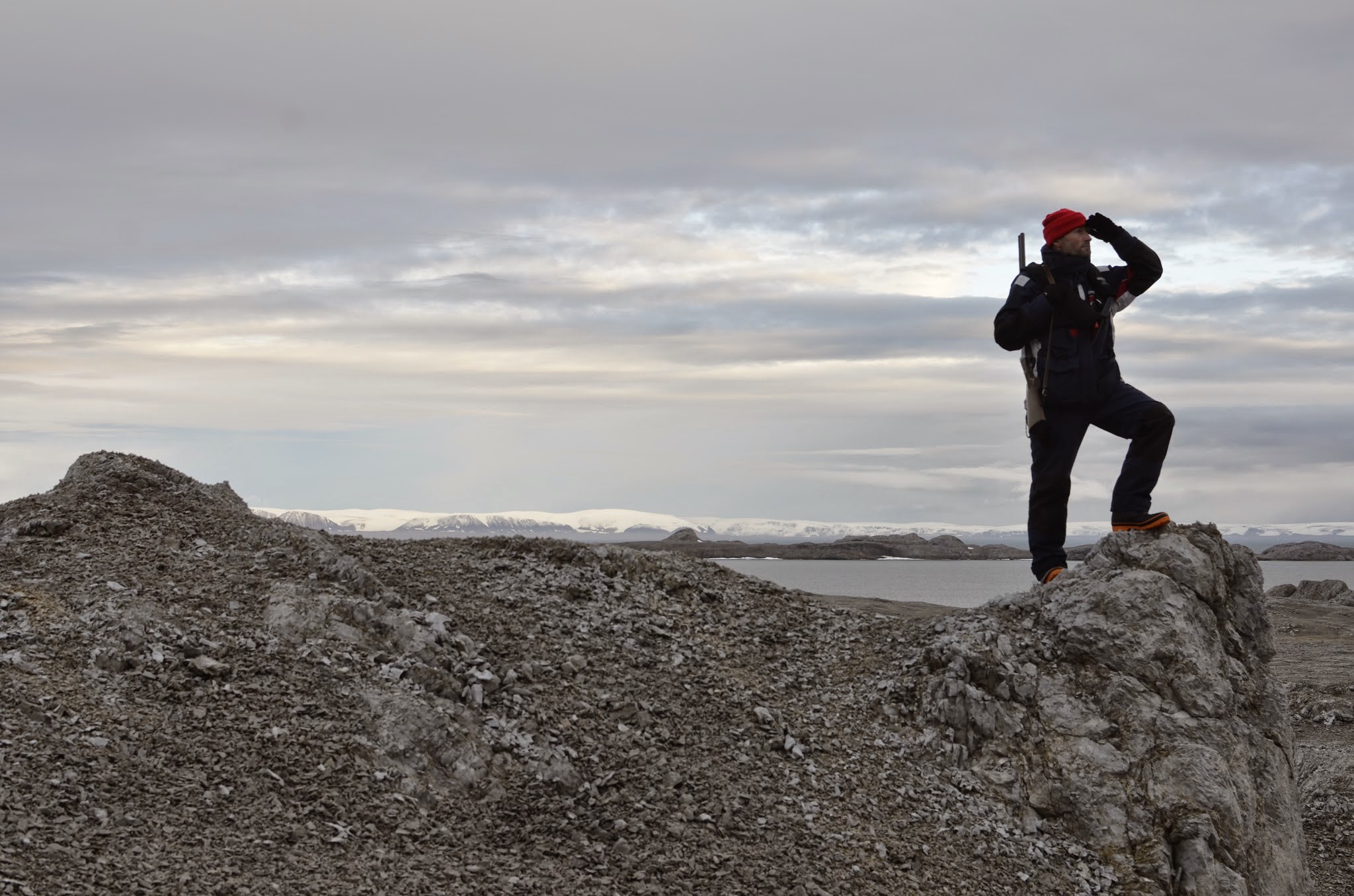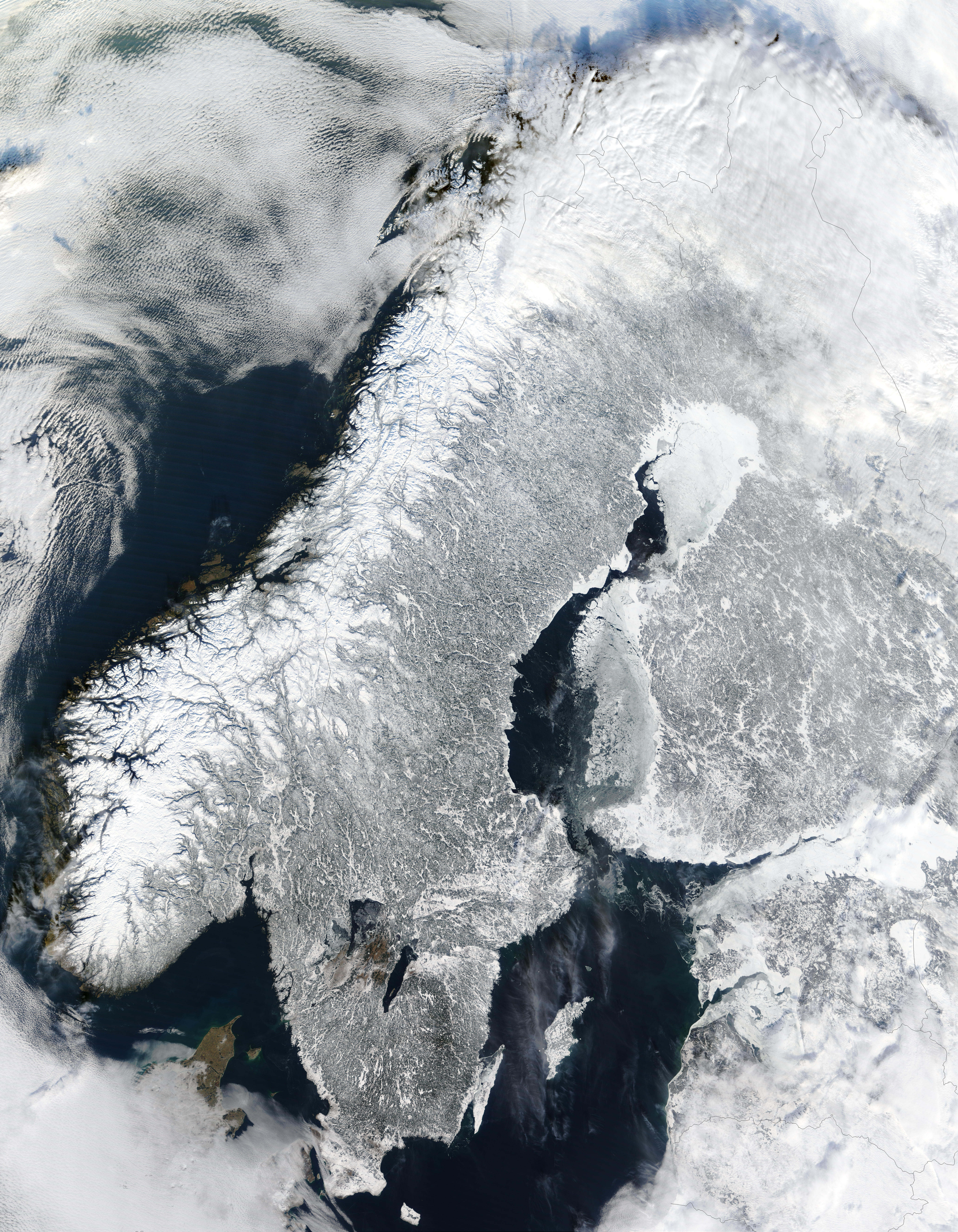|
Storsteinhalvøya
Storsteinhalvøya is a peninsula at the northwestern side of Nordaustlandet, Svalbard. It is surrounded by Murchisonfjorden to the south, Franklinsundet to the north, and Lady Franklinfjorden Lady Franklinfjorden is a fjord in Gustav V Land at Nordaustlandet, Svalbard Svalbard ( , ), previously known as Spitsbergen or Spitzbergen, is a Norway, Norwegian archipelago that lies at the convergence of the Arctic Ocean with the Atlant ... to the northeast. The peninsula is almost free of glaciated areas, and contains some lakes. The nearly closed bay Claravågen is located at the western side, and Pentavika and Westmanbukta at the northern side. References Peninsulas of Svalbard Nordaustlandet {{Nordaustlandet-geo-stub ... [...More Info...] [...Related Items...] OR: [Wikipedia] [Google] [Baidu] |
Claravågen
Claravågen is a bay cutting into the peninsula Storsteinhalvøya in Gustav V Land at Nordaustlandet, Svalbard. It is almost completely closed, except for the sound Claravågsundet leading through the narrow ridge of Molanderryggen. Inside the bay is the bay Arovika located east of the spit Engströmodden, and inside Arovika is the lagoon Wärmelaguna. The bay is named after Clara Maria Kulling. References Bays of Svalbard Nordaustlandet {{Nordaustlandet-geo-stub ... [...More Info...] [...Related Items...] OR: [Wikipedia] [Google] [Baidu] |
Franklinsundet
Franklinsundet is a strait between Storsteinhalvøya and Lågøya at the northern side of Nordaustlandet, Svalbard. The eastern side of the strait leads into Lady Franklinfjorden, named after Jane Franklin Jane, Lady Franklin (née Griffin; 4 December 1791 – 18 July 1875) was a British explorer, seasoned traveller and the second wife of the English explorer Sir John Franklin. During her husband's period as Lieutenant-Governor of Van Diemen's L .... References Straits of Svalbard {{svalbard-geo-stub ... [...More Info...] [...Related Items...] OR: [Wikipedia] [Google] [Baidu] |
Pentavika
Pentavika is a cove that is located at the northern side of Storsteinhalvøya in Gustav V Land at Nordaustlandet, Svalbard. The cove is located west of Westmanbukta, at the western entrance of Franklinsundet Franklinsundet is a strait between Storsteinhalvøya and Lågøya at the northern side of Nordaustlandet, Svalbard. The eastern side of the strait leads into Lady Franklinfjorden, named after Jane Franklin Jane, Lady Franklin (née Griffin; 4 .... References Bays of Svalbard Nordaustlandet {{Nordaustlandet-geo-stub ... [...More Info...] [...Related Items...] OR: [Wikipedia] [Google] [Baidu] |
Westmanbukta
Westmanbukta is a bay at the northern side of Storsteinhalvøya in Gustav V Land at Nordaustlandet, Svalbard Svalbard ( , ), previously known as Spitsbergen or Spitzbergen, is a Norway, Norwegian archipelago that lies at the convergence of the Arctic Ocean with the Atlantic Ocean. North of continental Europe, mainland Europe, it lies about midway be .... The bay is named after Swedish meteorologist Jonas Westman. References Bays of Svalbard Nordaustlandet {{Nordaustlandet-geo-stub ... [...More Info...] [...Related Items...] OR: [Wikipedia] [Google] [Baidu] |
Nordaustlandet
Nordaustlandet (Anglicised as North East Land) is the second-largest island in the archipelago of Svalbard, Norway, with an area of . It lies north east of Spitsbergen, separated by Hinlopen Strait. Much of Nordaustlandet lies under large ice caps, mainly Austfonna and Vestfonna, the remaining parts of the north being tundra inhabited by Svalbard reindeer, reindeer and walruses. The island is uninhabited and lies entirely within Nordaust-Svalbard Nature Reserve. History English people, English walrus hunters first sighted the south point of Nordaustlandet in 1617. This discovery was shown on the ''Muscovy Company's map'' (1625; but based on discoveries made in and prior to 1622), with the island labeled as ''Sir Thomas Smyth's Iland''. It also shows the North Cape (''Point Purchas''). It is first named ''Oostlandt'' ("East Land") on a Dutch Republic, Dutch 1662 map, and the following year another Dutch map marked its coastline more distinctly, showing its west and north coasts, ... [...More Info...] [...Related Items...] OR: [Wikipedia] [Google] [Baidu] |
Svalbard
Svalbard ( , ), previously known as Spitsbergen or Spitzbergen, is a Norway, Norwegian archipelago that lies at the convergence of the Arctic Ocean with the Atlantic Ocean. North of continental Europe, mainland Europe, it lies about midway between the northern coast of Norway and the North Pole. The islands of the group range from 74th parallel north, 74° to 81st parallel north, 81° north latitude, and from 10th meridian east, 10° to 35th meridian east, 35° east longitude. The largest island is Spitsbergen (37,673 km2), followed in size by Nordaustlandet (14,443 km2), (5,073 km2), and Barentsøya (1,288 km2). Bear Island (Norway), Bjørnøya or Bear Island (178 km2) is the most southerly island in the territory, situated some 147 km south of Spitsbergen. Other small islands in the group include Hopen (Svalbard), Hopen to the southeast of Edgeøya, Kongsøya and Svenskøya in the east, and Kvitøya to the northeast. The largest settlement is Longyearbyen, situated in Isfjor ... [...More Info...] [...Related Items...] OR: [Wikipedia] [Google] [Baidu] |
Murchisonfjorden
Murchisonfjorden is a fjord in Gustav V Land at Nordaustlandet, Svalbard. The fjord cuts eastwards from Hinlopen Strait into Nordaustlandet. It has steep coasts and numerous islands. Murchisonfjorden is named after British geologist Roderick Murchison Sir Roderick Impey Murchison, 1st Baronet (19 February 1792 – 22 October 1871) was a Scottish geologist who served as director-general of the British Geological Survey from 1855 until his death in 1871. He is noted for investigating and desc .... References Fjords of Svalbard Nordaustlandet {{Nordaustlandet-fjord-stub ... [...More Info...] [...Related Items...] OR: [Wikipedia] [Google] [Baidu] |
Lady Franklinfjorden
Lady Franklinfjorden is a fjord in Gustav V Land at Nordaustlandet, Svalbard Svalbard ( , ), previously known as Spitsbergen or Spitzbergen, is a Norway, Norwegian archipelago that lies at the convergence of the Arctic Ocean with the Atlantic Ocean. North of continental Europe, mainland Europe, it lies about midway be .... The fjord has a length of about 25 kilometers. Lady Franklinfjorden is named after Jane Franklin, the wife of Arctic explorer John Franklin. References Fjords of Svalbard Nordaustlandet {{Nordaustlandet-fjord-stub ... [...More Info...] [...Related Items...] OR: [Wikipedia] [Google] [Baidu] |
Norwegian Polar Institute
The Norwegian Polar Institute (NPI; ) is Norway's central governmental institution for scientific research, mapping and environmental monitoring in the Arctic and the Antarctic. The NPI is a directorate under Norway's Ministry of Climate and Environment (Norway), Ministry of Climate and Environment. The institute advises Norwegian authorities on matters concerning polar environmental management and is the official environmental management body for Norwegian activities in Antarctica. Activities The institute's activities are focused on environmental research and management in the polar regions. The NPI's researchers investigate biodiversity, climate and environmental toxins in the Arctic and Antarctic, and in this context the institute equips and organizes large-scale expeditions to both polar regions. The institute contributes to national and international climate work, and is an active contact point for the international scientific community. The institute collects and analyses ... [...More Info...] [...Related Items...] OR: [Wikipedia] [Google] [Baidu] |
Peninsulas Of Svalbard
A peninsula is a landform that extends from a mainland and is only connected to land on one side. Peninsulas exist on each continent. The largest peninsula in the world is the Arabian Peninsula. Etymology The word ''peninsula'' derives , . The word entered English in the 16th century. Definitions A peninsula is generally defined as a piece of land surrounded on most sides by water. A peninsula may be bordered by more than one body of water, and the body of water does not have to be an ocean or a sea. A piece of land on a very tight river bend or one between two rivers is sometimes said to form a peninsula, for example in the New Barbadoes Neck in New Jersey, United States. A peninsula may be connected to the mainland via an isthmus, for example, in the Isthmus of Corinth which connects to the Peloponnese peninsula. Formation and types Peninsulas can be formed from continental drift, glacial erosion, glacial meltwater, glacial deposition, marine sediment, marine transg ... [...More Info...] [...Related Items...] OR: [Wikipedia] [Google] [Baidu] |




